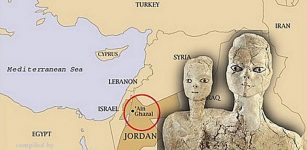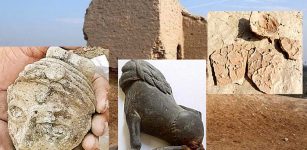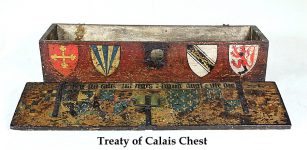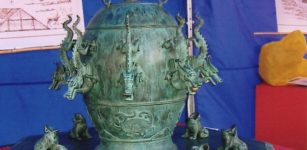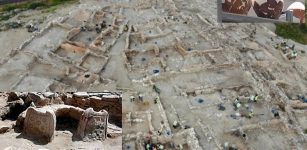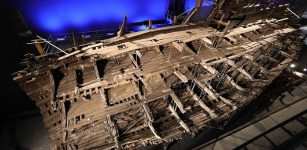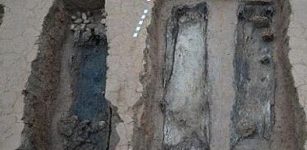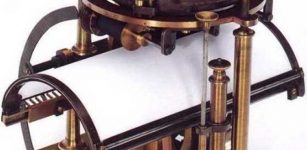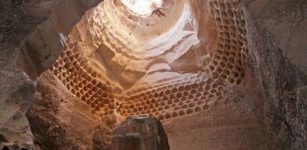2,000-Year-Old Statue Of Priest’s Head Excavated In Laodicea On The Lycus
Conny Waters - AncientPages.com - A statue of a priest’s head, which is believed to be 2,000 years old, has been discovered during the ongoing excavation and restoration works in the ancient city of Laodicea, once a major hub of Christianity.
The Laodicean Church was one of the Seven Churches of Asia mentioned in the Bible.
Located in the western province of Denizli, Laodicea on the Lycus was an ancient metropolis. Before 2003. the site was unknown and it came to light first, when a team of archaeologists led by Pamukkale University’s Professor Celal Şimşek started the excavation works among the ruins of the city.
Said by some to have been founded by Antiochus II Theos of the Seleucid Kingdom in the third century BC, many of the buildings and monuments at the Laodikeia site date from the first century BC onwards. Laodikeia later became an important Roman city, continuing to be inhabited even after it was damaged by an earthquake in 60AD. However, not always ancient written sources are in agreement with the archaeological finds.
Ancient sources say that the city was founded in honor of Laodice, the wife of Seleucid King Antiochus II Theos, in the third century B. but excavations revealed that the history of Laodicea dates back five millennia, and there was a continuous settlement of the city Laodicea from 5500 BC Bronze Age until the 7th Century AD.
Despite devastations, the excavations carried out among the city's ruins, revealed the remains of the ancient theater, which would originally have held up to 20,000 spectators. Other ruins that can be still recognizable include the stadium and gymnasium (both 79AD), a baths complex, and a Temple of Zeus.
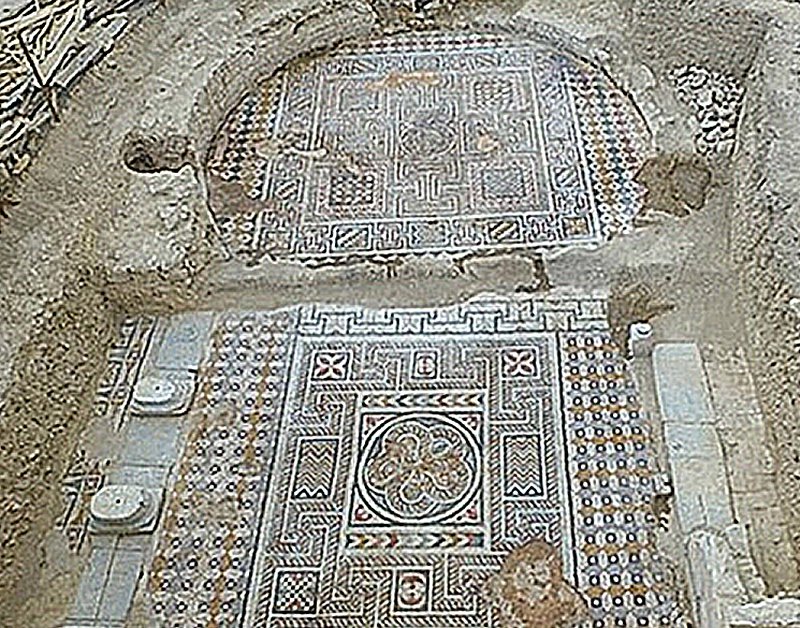 Laodicea's mosaics. Daily Sabah (IHA Image)
Laodicea's mosaics. Daily Sabah (IHA Image)
Summarizing, most of the artifacts in the city today belong to the times of the Roman Empire. The biggest ancient stadium in Anatolia was that of Laodicea measuring 285m x 70m. In the ruins, there have been found four baths, five agoras, five beautiful and large fountains, temples, ancient houses, latrines, several churches, and much more.
Interestingly, Laodicea had two theaters, while many other cities had only one.
The team has been working in Laodicea continuously. Şimşek said that they have unearthed an exciting artifact in the 15,000-seat western theater of the 7,500-year-old city. The goal is to restore the theater by preserving it precisely.
Şimşek said that the recently unearthed fragment of a sculpture depicting the head of a priest is believed to be around 2,000 years old, and was found near the city’s western theater, among the rubble of buildings devastated by earthquakes.
“There was an eight-meter embankment next to the fortification wall extending west from the stage building of the theater and was built at the beginning of the fifth century. We encountered a stunning statue of a priest during the removal of the filling, which was the waste of buildings destroyed by earthquakes,” Şimşek told Anadolu Agency.
“It is among the most beautiful finds of the year 2020 in terms of its age, profession, and especially being a very vibrant portrait, which we can date to the late Hellenistic early empire period,” he added.
The city had its golden period between the first and third centuries A.D and according to the calculations, the city’s population was around 80,000 during that period, so it was considered a metropolis. Other ancient cities like Tripolis and Hierapolis had populations of approximately 40,000.
Written by Conny Waters - AncientPages.com Staff Writer




